Sustainability
What are the sustainable development goals of GEH8?
In order to further develop GEH8 as a sustainable cultural institution, it is essential to set new goals and review the impact of existing measures. Two important frameworks can support this process: the German Sustainability Code (DNK) and the United Nations’ 17 Sustainable Development Goals (SDGs). These frameworks help guide the development of a comprehensive sustainability strategy.
They highlight key areas such as the choice of venue, the organization of events, procurement of materials, communication, and transport.
Sustainability in this context is not only about environmental responsibility, but also includes financial viability and social equity. This holistic approach enables more responsible and forward-looking practices in the day-to-day operation of the organization.
THE 17 SUSTAINABILITY GOALS OF THE UN
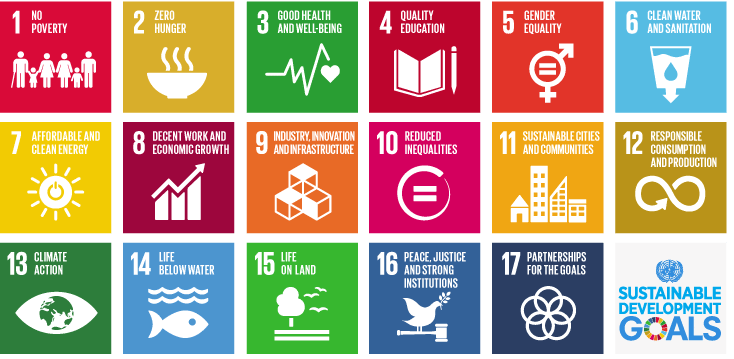
Especially the following of the sustainability goals named by the UN can also be determined for the GEH8:
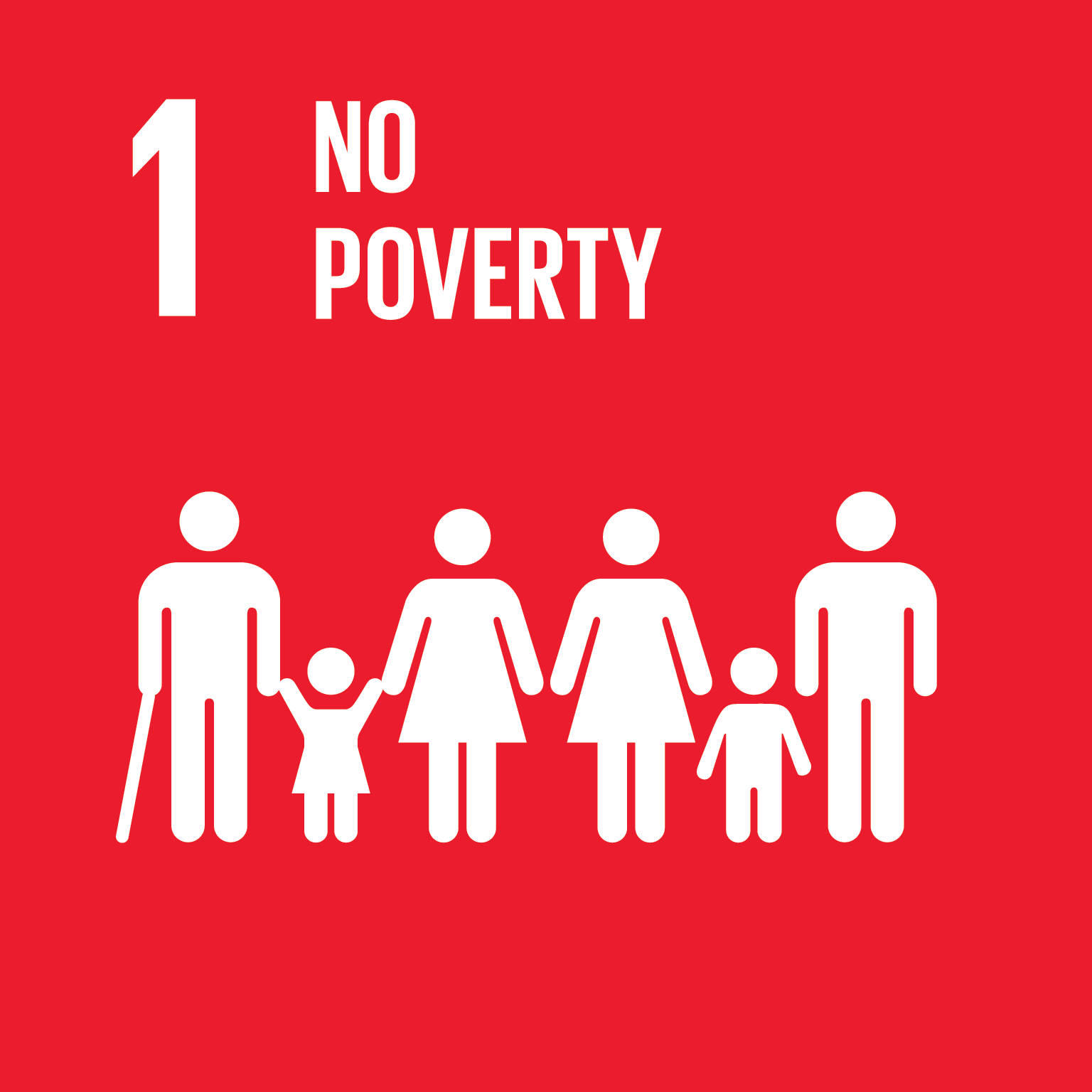
Most of our cultural activities are free of charge and accessible without barriers. This ensures that people with limited financial means can participate and supports social inclusion.

GEH8 is committed to lifelong learning and promotes educational opportunities for children, young people, and adults.
In cooperation with the Dresden-Pieschen Gymnasium and the 145th Secondary School, we offer extracurricular programs that foster creativity and cultural education.
We also provide free workshops for children, teenagers, and seniors to ensure access to art and cultural participation regardless of age or income.
Together with partners such as the Dresden Adult Education Center (Volkshochschule), we also implement art education formats that are open to everyone.
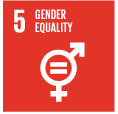
At GEH8, we treat all people with respect, regardless of gender.
We reject all forms of discrimination, disadvantage, and hierarchical thinking—both in our daily operations and in our interactions with others.
Our executive team is gender-balanced, consisting equally of women and men. In doing so, we send a clear message in support of gender equality, including in leadership positions.
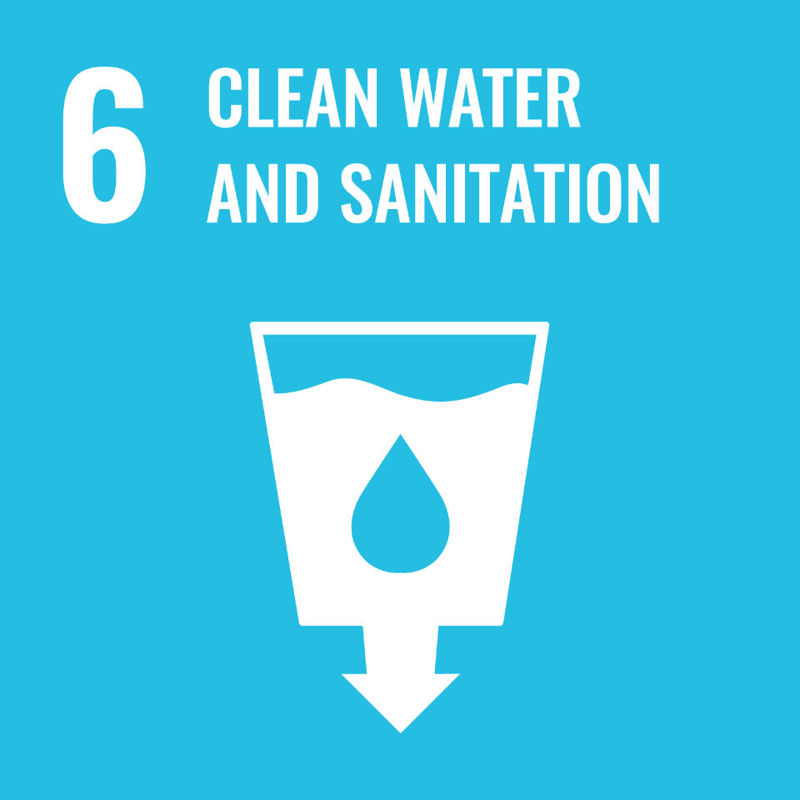
By using rainwater collected from our rooftops, we support extensive green roofing and façade greening, contributing to improved microclimate and rainwater retention.
Several cisterns store the rainwater and distribute it directly into our greening systems. In addition, we rely on largely unsealed surfaces and green roofs to promote natural infiltration and implement the sponge city principle on our premises.
To protect water quality, we use only environmentally friendly cleaning agents and raise awareness of ecological issues related to water through our artistic programs.

We source electricity from renewable energy through a regional provider and operate a small photovoltaic system in our beer garden. Our entire lighting system has been converted to LED technology, and we use energy-efficient cooling systems in our gastronomy.
In 2023, as part of the “Green Culture Index Saxony” project, we conducted our first climate footprint assessment. Together with other cultural institutions in Saxony, we analyzed our CO₂ emissions according to internationally recognized standards to develop effective measures toward achieving net zero.
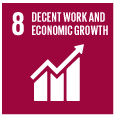
As an independent cultural venue with limited resources, we have been paying artists and contributors fees for years—a practice that is still not standard in many areas of the independent scene.
We offer flexible working models such as flexitime and home office, and rely on long-term collaborations with local businesses, craftsmen, freelancers, and creatives.
Artistically, we also engage with issues related to working conditions, social inequality, and the realities of cultural production.
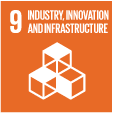
Our cultural center is located in a repurposed former industrial building—an example of how existing spaces can be transformed resource-efficiently and made publicly accessible. Instead of new construction, we focus on the creative reuse of existing materials.
We regularly collaborate with local craftspeople, service providers, and universities to jointly realize design and ecological projects—such as developing a wild bee hotel or a façade greening concept.
By using digital tools and social innovation approaches, we create connections between art, technology, and society—shaping a vibrant infrastructure for culture, education, and sustainability.
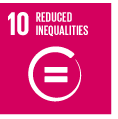
We design our offerings to be accessible to people of all ages, backgrounds, and social situations. This includes barrier-free spaces, free workshops, and programs specifically aimed at marginalized groups.
Our program reflects diversity and inclusion—both in the selection of artists and in the themes we address. Through inclusive communication, we create an open environment where everyone feels welcome.
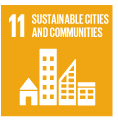
As a cultural center located on a former industrial site, we focus on ecological design, including green roofs and façades, minimal surface sealing, and the use of rainwater.
With our shared outdoor space, a publicly accessible art garden, and carsharing parking spots on the premises, we promote sustainable mobility and participation.
Additionally, we implement artistic projects at the intersection of urban planning—such as through the Alter Leipziger Bahnhof network—and engage in open, transparent urban development that serves the common good.
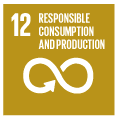
Our cultural center implements a variety of measures to minimize its ecological footprint: we use green electricity, operate energy-efficient technology, and participate in the “Green Culture Index Saxony” project to make our climate balance transparent and continuously improve it.
In addition, our green roofs and façade greening create green oases that improve the microclimate, promote biodiversity, and help mitigate urban heat—important adaptation measures in urban areas.
Artistic projects and exhibitions addressing climate change and sustainability complement our efforts and raise public awareness.
Together with other cultural actors, we work to strengthen culture as a driver for sustainable and climate-friendly development.
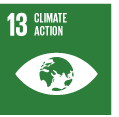
Our cultural center implements various measures to minimize its ecological footprint: we use green electricity, operate energy-efficient technology, and participate in the “Green Culture Index Saxony” project to make our climate balance transparent and continuously improve it.
Additionally, our green roofs and façade greening create green oases that improve the microclimate, promote biodiversity, and help reduce urban heat—important adaptation measures in urban areas.
Artistic projects and exhibitions addressing climate change and sustainability complement our efforts and raise awareness among the public.
Together with other cultural actors, we work to strengthen culture as a driving force for sustainable and climate-friendly development.
![]()
With green roofs and façade greening, we create valuable habitats for plants and animals, supporting biodiversity right in the heart of the city. Insect-friendly projects, such as the wild bee hotel on our façade, complement this commitment.
Through sustainable use of our grounds, we avoid soil sealing and promote green infrastructure.
Artistic and cultural formats that engage with nature conservation and ecological topics raise awareness among our visitors and strengthen the commitment to a sustainable future.
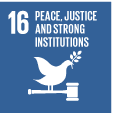
As a cultural venue, we promote social dialogue and create space for exchanging diverse perspectives.
Our artistic programs address themes such as social justice, human rights, and democracy, encouraging reflection and discussion.
Within our organization, we value transparency, participation, and an open, responsible culture.
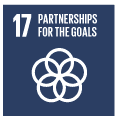
We work continuously with a wide range of actors from art, culture, science, urban society, and civil society to jointly implement sustainable projects.
These collaborations facilitate knowledge exchange, strengthen collective action, and connect local initiatives with regional and international partners.
As active members of various networks and committees, we contribute our perspectives to cultural policy and urban societal processes—always with the goal of strengthening art and culture as drivers for sustainable development.
More sustainability at GEH8
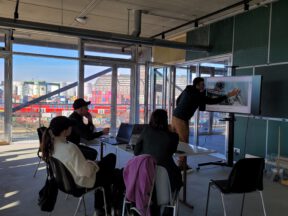
GEH8 2030 – Feasibility Study for GEH8
Long-term vision for GEH8 – a development concept emerges With funding from the Sociocultural Fund, […]
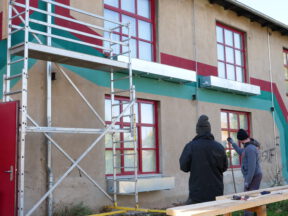
Our New Green Façade Is Here!
In 2024, the eastern façade of GEH8 received a new green face! The winning design […]

Participation in the Green Culture Festival 2024 in Potsdam
On June 3, 2024, GEH8 took part in the Green Culture Festival at Sanssouci Park […]
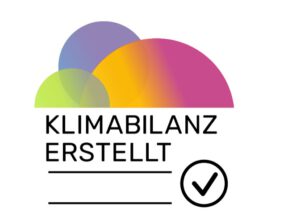
Teilnahme der GEH8 am Projekt „GREEN CULTURE INDEX” mit eigener Klimabilanz
2023 nahm die GEH8 am Projekt „Green Culture Index Sachsen“ (GCI) teil, um erstmals überhaupt […]

Winning designs of the call for entries: Hanging gardens or: Nobody intends to green a wall
GEH8 wants to combine environmental protection with design and was looking for unusual and fresh […]
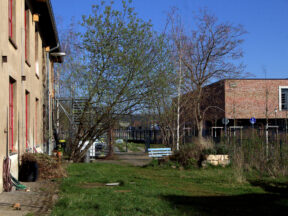
We become greener! III
This year, too, the grounds of GEH8 will be given a helping hand, because we […]
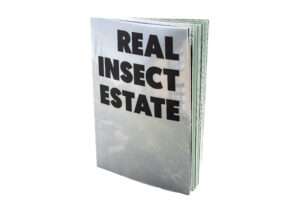
Announcement! Book launch: Real Insect Estate
OUT NOW! It’s finally here. Under the title REAL INSECT ESTATE, GEH8 2021 launched a […]
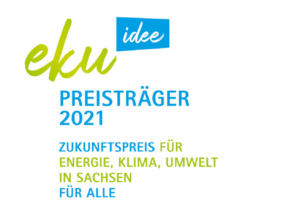
eku – FUTURE PRIZE idea: Hanging Gardens. Facade greening at the art and culture center GEH8
In recent years, GEH8 has taken various measures to make its own contribution in the […]
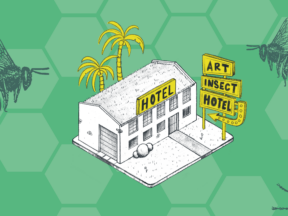
real insect estate – award winners
The winners have been determined! In February 2021, GEH8 launched a design competition for an […]
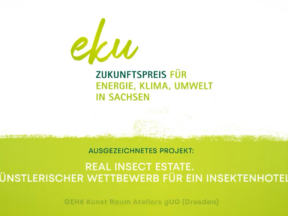
eku – FUTURE AWARD 2020 for the project REAL INSECT ESTATE of GEH8
For the project REAL INSECT ESTATE the GEH8 receives the eku – Future Award 2020 […]
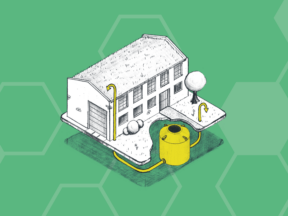
We are becoming greener! II
Sustainability at GEH8. As an arts and cultural centre, we take the issue of sustainability […]
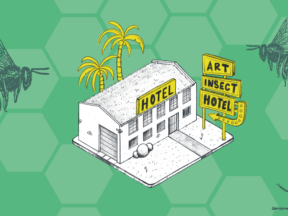
open call real insect estate
Call for proposals for the artistic conception and realization of an insect hotel The cultural […]

We are becoming greener!
A lot has happened in the past year. The area of the GEH8 Kunstraum has […]
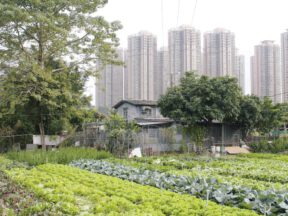
Hands-On Urbanism. About the right to green.1850 – today.
An exhibition of the Architekturzentrum Wien in cooperation with the 8. Umundu-Festival Dresden Exhibition Period: 20.10. – […]